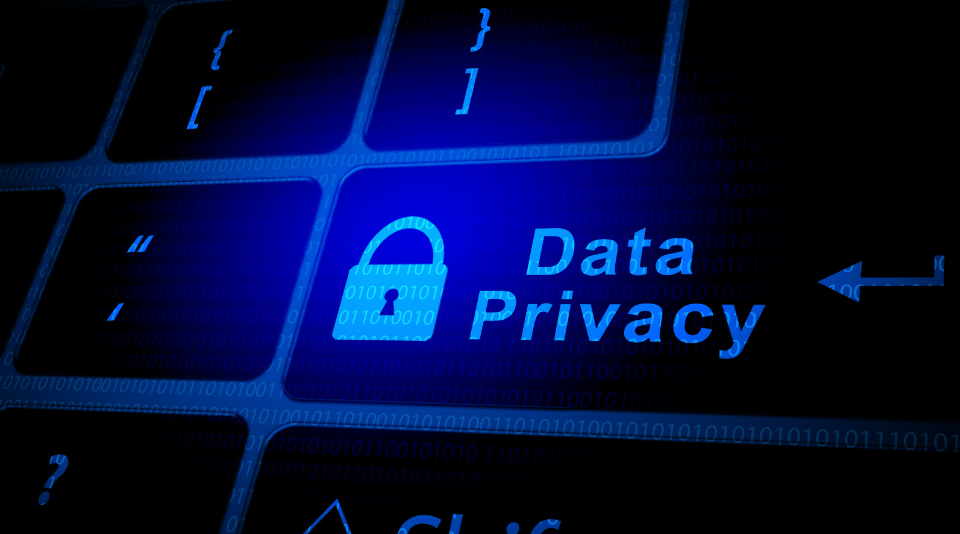Virtual Assistant Security: Protecting Your Data and Privacy
 Julian Burke
Julian Burke
In a world where virtual assistants have seamlessly integrated into our lives, ensuring the security of your data and privacy has never been more crucial. Imagine your trusted virtual assistant, designed to simplify tasks and manage your schedules, inadvertently becoming a gateway to your most sensitive information. The very convenience that makes virtual assistants so appealing also poses unique risks. How do we navigate this? By taking concrete steps to protect our data and privacy.
The Importance of Strong Passwords
Passwords: The First Line of Defense
Firstly, let's talk about passwords. Yes, those annoying little combinations of letters, numbers, and symbols that we often forget. But they are your first line of defense. A weak password is like leaving your front door wide open. Think of your virtual assistant as a key holder to your digital life.
Creating Strong, Unique Passwords
Strong, unique passwords are essential. Use a mix of upper and lower case letters, numbers, and symbols. Avoid easily guessable words like 'password' or your pet's name. It’s not just about creating a strong password; it's also about changing it regularly.
The Role of Multi-Factor Authentication (MFA)
What is Multi-Factor Authentication?
Next up, let's delve into the world of multi-factor authentication (MFA). Ever been frustrated by that extra step when logging into an account? That’s MFA at work, and it’s a small price to pay for an added layer of security.
Implementing MFA for Added Security
MFA requires two or more verification methods – something you know (password), something you have (a smartphone), or something you are (fingerprint). Implementing MFA can significantly reduce the risk of unauthorized access to your virtual assistant.
The Human Factor: Avoiding Phishing Attacks
Understanding Phishing Attacks
But technology alone isn't enough. Human behavior plays a massive role in virtual assistant security. Be wary of phishing attacks – those sneaky emails and messages that trick you into giving away your personal information.
Tips to Avoid Phishing Scams
Phishing has evolved to be more sophisticated, mimicking legitimate sources with alarming accuracy. Always double-check the sender's email address, look for grammatical errors, and avoid clicking on suspicious links. If something feels off, it probably is.
Customizing Virtual Assistant Settings
The Importance of Reviewing Default Settings
Now, let's dive deeper into the settings of your virtual assistant. Many users skip this step, opting for the default settings without realizing the potential risks.
How to Customize Privacy Settings
Take the time to review and customize the privacy settings. Limit data sharing to only what's necessary for the assistant's functionality. Disable features that you don’t use to reduce potential vulnerabilities.
Voice Recognition Technology: Challenges and Solutions
Risks of Voice Recognition Technology
Voice recognition technology is another marvel that comes with its own set of challenges. Your virtual assistant can recognize your voice, but so can someone else who might sound like you.
Enhancing Voice Recognition Security
Train your assistant to recognize your specific voice patterns and set it to require a secondary form of verification for sensitive commands. Some advanced systems can even detect stress or unusual speech patterns as an added security measure.
The Necessity of Regular Software Updates
Why Regular Updates Matter
Let’s not forget about the updates. Regular software updates are crucial for maintaining security. These updates often include patches for newly discovered vulnerabilities.
How to Ensure Your Virtual Assistant is Up-to-Date
Ignoring them is like ignoring a doctor’s advice – risky and potentially dangerous. Enable automatic updates for your virtual assistant software to ensure you’re always protected with the latest security enhancements.
Physical Security Considerations
The Importance of Physical Security
Physical security is also a consideration. If you leave your device unattended, it can be accessed by anyone. Simple measures like locking your device when not in use and keeping it in a secure location can prevent unauthorized access.
Common Sense Measures to Protect Your Devices
For instance, don't leave your laptop open and unattended in public places. It’s common sense but often overlooked.
Virtual Assistant Recruiting Services: A Security Concern
Security Risks in Virtual Assistant Recruiting
Interestingly, the rise of virtual assistant recruiting services has added another layer to the security discussion. These services match businesses with skilled virtual assistants, but they also need to ensure that the recruited assistants are trustworthy and well-versed in security practices.
Ensuring Trustworthy Virtual Assistants
A virtual assistant, after all, is an extension of your professional and personal life. Vetting processes should include background checks and security training to mitigate risks.
Data Management and Encryption
Handling Sensitive Information
Consider also the data your virtual assistant is accessing and storing. Sensitive information like credit card numbers, personal identification numbers, and private correspondences should be handled with extreme care.
The Role of Encryption in Data Security
Encrypting this data adds a robust layer of security. Encryption converts data into a coded format that can only be read by someone with the decryption key, making it useless to anyone without the proper authorization.
Reviewing App Permissions
The Risks of Over-Granting Permissions
Moreover, be aware of the permissions you grant to your virtual assistant. It's easy to get carried away by the convenience and inadvertently grant access to more data than necessary.
How to Manage App Permissions
Review app permissions regularly and revoke access that seems unnecessary. Less access equals less risk.
AI and Machine Learning: Double-Edged Sword
The Benefits and Risks of AI and ML
A narrative of virtual assistant security would be incomplete without mentioning the role of artificial intelligence (AI) and machine learning (ML). These technologies enable virtual assistants to learn and adapt, making them more efficient but also potentially more vulnerable.
Securing AI and ML Practices
AI and ML can be used to predict and prevent security breaches by analyzing patterns and detecting anomalies. However, they can also be exploited if not properly secured. Ensure your virtual assistant uses secure AI and ML practices.
A Real-World Example: Jane's Story
A Cautionary Tale
An anecdote from a small business owner: Jane, who runs an online boutique, relied heavily on her virtual assistant for managing customer orders and queries. One day, she received a call from an irate customer about a fraudulent charge. It turned out that Jane's virtual assistant had been compromised due to weak security settings.
The Lessons Learned
After a thorough investigation and a stressful few weeks, Jane overhauled her security practices. She now uses strong passwords, MFA, and regularly updates her software. Jane’s experience is a cautionary tale that underscores the importance of robust security measures.
Conclusion: A Holistic Approach to Virtual Assistant Security
To sum up, virtual assistant security isn’t just a technical concern; it's a holistic approach that includes strong passwords, multi-factor authentication, phishing awareness, customized settings, regular updates, physical security, careful vetting of virtual assistant recruiting services, encryption, and mindful permission granting. By implementing these measures, you can enjoy the convenience of your virtual assistant without compromising your data and privacy. So, embrace the technology, but do so with eyes wide open and a commitment to safeguarding your digital life.
Subscribe to my newsletter
Read articles from Julian Burke directly inside your inbox. Subscribe to the newsletter, and don't miss out.
Written by
